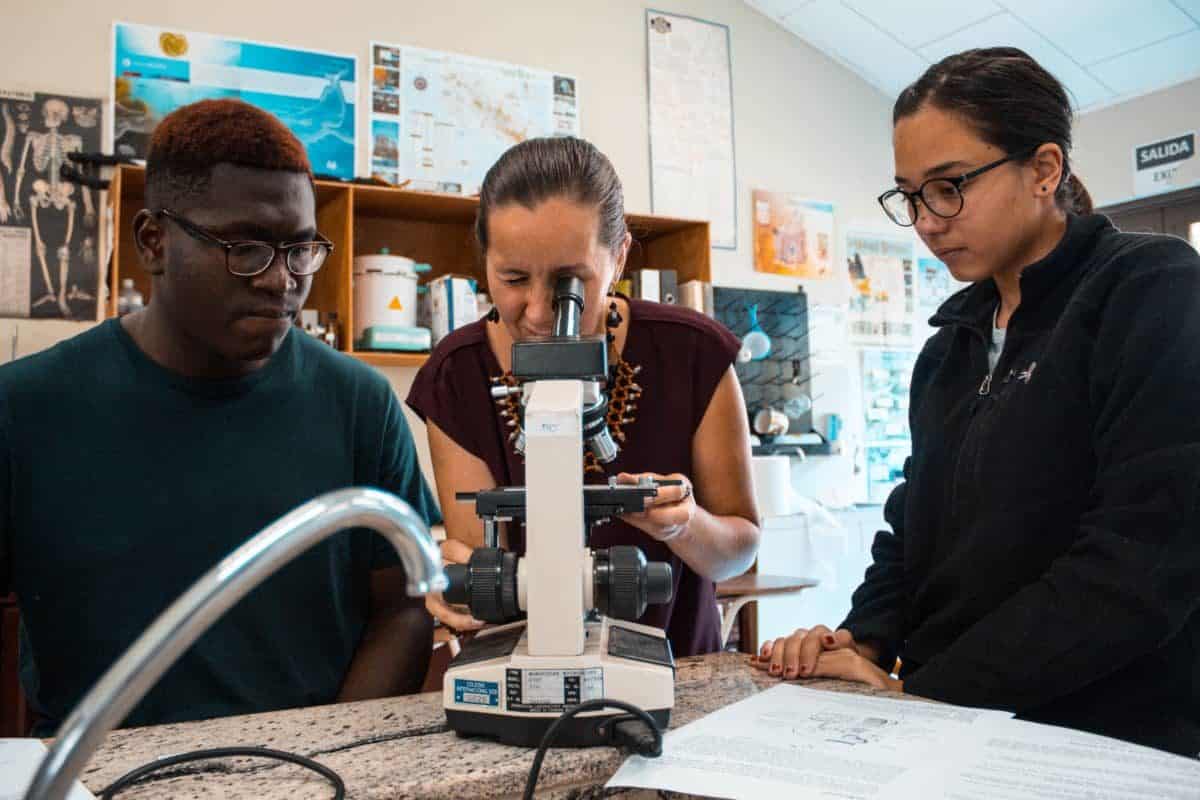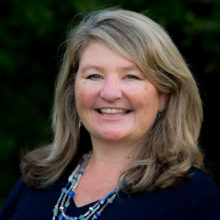

Editor’s note: The following is Mary Ann Wolf’s “Final Word” from the Sept. 12, 2020 broadcast of Education Matters – “STEM Funders, Business, and Industry.”
If you’ve spent any time around young children, you know they ask a lot of questions. While research varies, it does show that the number of questions children ask increases from the time they learn to talk and peaks right around age 5. Some estimates show that students ask almost as many as 400 questions per day at age 4 or 5.
Interestingly, and of some concern, is that the number of questions asked decreases dramatically after age 5 and continues to decline until children ask very few questions each day (Berger, 2016; Chouinard, 2007; Schwartz, 2016). One question we must consider is how do we encourage children to keep asking questions once they enter school?
A University of Minnesota researcher named Paul Torrance began a study in 1958 to learn more about creativity in students. He showed 400 students a toy fire truck and asked them the following question: “How could you improve this toy to make it better and more fun to play with?” Using a creativity index, they rated each child’s responses. They then followed the participating children for the next 50 years and tracked every patent, every business owned, every grant earned, compositions, books, and career choices. They discovered that creativity was three times more likely to predict future success than person’s IQ score would (Newsweek, 2010).
As I think about what our students need — in and out of school — the data on questions and the importance of creativity align beautifully with the potential of exposure of STEM to support all students.
As we reflect upon this episode, it is imperative that as early as kindergarten we continue to invest and expose youth to STEM. The investments in STEM: Science; Technology; Engineering; and Mathematics education for youth has the potential to shift the trajectories of their lives by sparking passion and fueling imagination and creativity.
This ultimately prepares them for jobs that may not exist or where minorities and girls are generally underrepresented. Despite this knowledge, there are disconnects along the STEM pipeline that begin in the K-12 education arena, and extend to out-of-school time, higher education and career pathways. It begs us to question what would happen if we filled the gaps within the pipeline and reinforced STEM in the lives of all youth, especially girls and minorities, no matter their position in the pipeline?
Community and state leaders have the opportunity to work towards innovative solutions to promote inclusive STEM access and education. Business leaders can invest early on in STEM education by bringing students into the workplace to let kids see what STEM looks like and how taking an interest now can lead to a career down the road. This will show students that people who look like them can be and are in STEM fields.
We need to equip everyone who has a hand in youth development and STEM with inclusive tools and strategies to prepare and create a diverse workforce.
It is our job to help kids discover who they are and what they love to do through intentional investments in and exposure to STEM. We need to connect those at the end of the pipeline to those at the beginning of the pipeline. In order to prepare youth for future jobs, we have to provide them with opportunities to connect with mentors, explore career paths, and develop foundational skills like working in teams, communication, and problem-solving.
Today, STEM jobs are driving global economic growth, and 7 million students nationwide are getting opportunities to develop an interest in science and gain STEM-related skills in afterschool. Let’s make sure to continue opening up this opportunity for every child, no matter what zip code.


